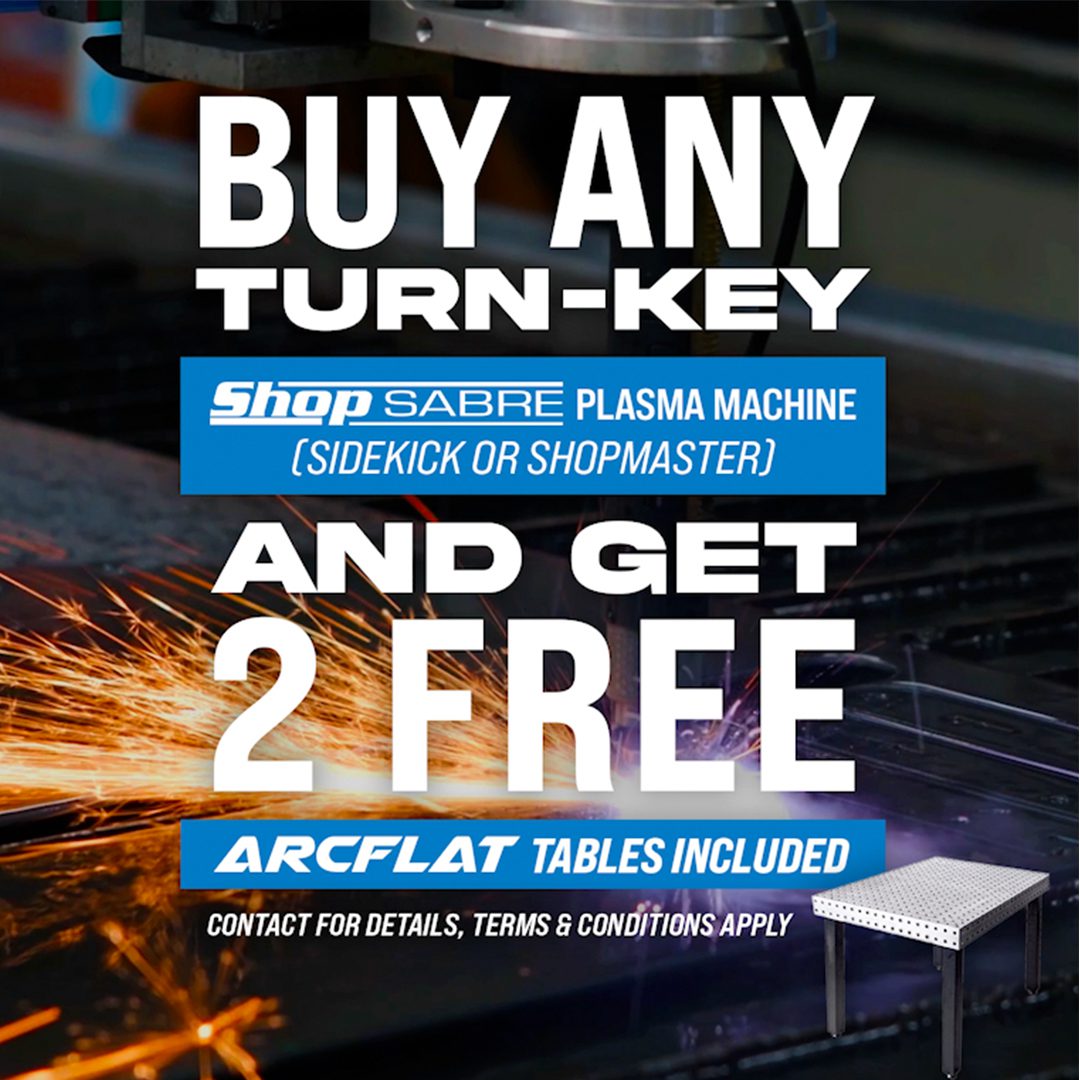Add versatility to your CNC work with a CNC touch probe
For those with experience in the craft, the process of CNC work is relatively straightforward as long as you have the code you need to execute the desired cuts.
But what if you dont?
This is a common challenge in working with CNC routers and CNC plasmas. Craftsmen often aim to recreate an existing piece in the shop, but lack the exact toolpaths needed to achieve the desired level of precision and accuracy.
Fortunately, theres a highly effective solution available in the form of a CNC digitizing touch probe.
What is a CNC touch probe?
A CNC touch probe is an option that attaches to your tool and scans and records existing surfaces, so they can then be added to your CAD package to be scaled, modified, and reproduced in the shop.
Lets say you wanted to machine a 3D surface for a project, but you cant find a 3D model of said surface. You do, however, have an actual part. If you could find a way to duplicate the 3D surface, you could reproduce it with your CNC machine.
This is what the digitizing touch probe can help you accomplish.
How does a CNC touch probe work?
Lets walk through an example. Say you had a guitar neck that you were looking to reproduce in the shop. Heres how a CNC touch probe would go about doing so:
- Start by fixing the guitar neck to the machine table.
- Next, youll define a rectangle where you want to apply the probing process. This area is typically going to be slightly larger than the model itself.
- The machine will move over the probing area and lower itself in the Z-axis until the probe tip triggers the internal switch in the CNC touch probe sensor.
- The machine control will then record the X, Y, and Z-axis locations at that point.
- The probe then moves to the next position and repeats the process, identifying and recording the next point.
Once the entire probing area is mapped out, the result will be a point cloud that represents the surface of the part. The software then takes the point cloud and uses it to create a 3D surface representative of the guitar neck.
We can now toolpath the newly created surface in the same way we would with a toolpath that had been downloaded to the computer.
What about 2D applications?
A CNC digitizing touch probe works for capturing 2D surfaces, as well. If someone were to bring you a bracket with an irregular 2D shape that you wanted to recreate, you could use the probe to perform the 2D scan and get the shape in CAD format without having to measure or draw. From that point on, toolpathing is once again a breeze.
Normally, the more detail a part contains, the closer the point samples will have to be and the longer it will take to probe the part. However, once you start the process, the machine continues automatically with minimal operator intervention required until complete.
Why do you need a CNC touch probe?
Adding a CNC touch probe to your CNC router or CNC plasma essentially turns it into a parts digitizer and allows you to easily copy parts and reverse engineer projects you otherwise wouldnt be able to complete. Its a great option for replicating complex 2D shapes or 3D geometry so you can use them in your CNC work and is available at an affordable price, as well.
Reverse engineer your existing parts with ShopSabre
ShopSabre offers industry-leading touch probe technology to provide you with even greater versatility in your CNC work.
Our world-leading CNC machines provide precision, efficiency, and total versatility to help aspiring hobbyists and full-time commercial shop owners alike produce truly outstanding results with a fraction of the labor.Shop our unmatched collection of CNC routers and plasmas in Minneapolis todayto take your shops quality and productivity to the next level.



